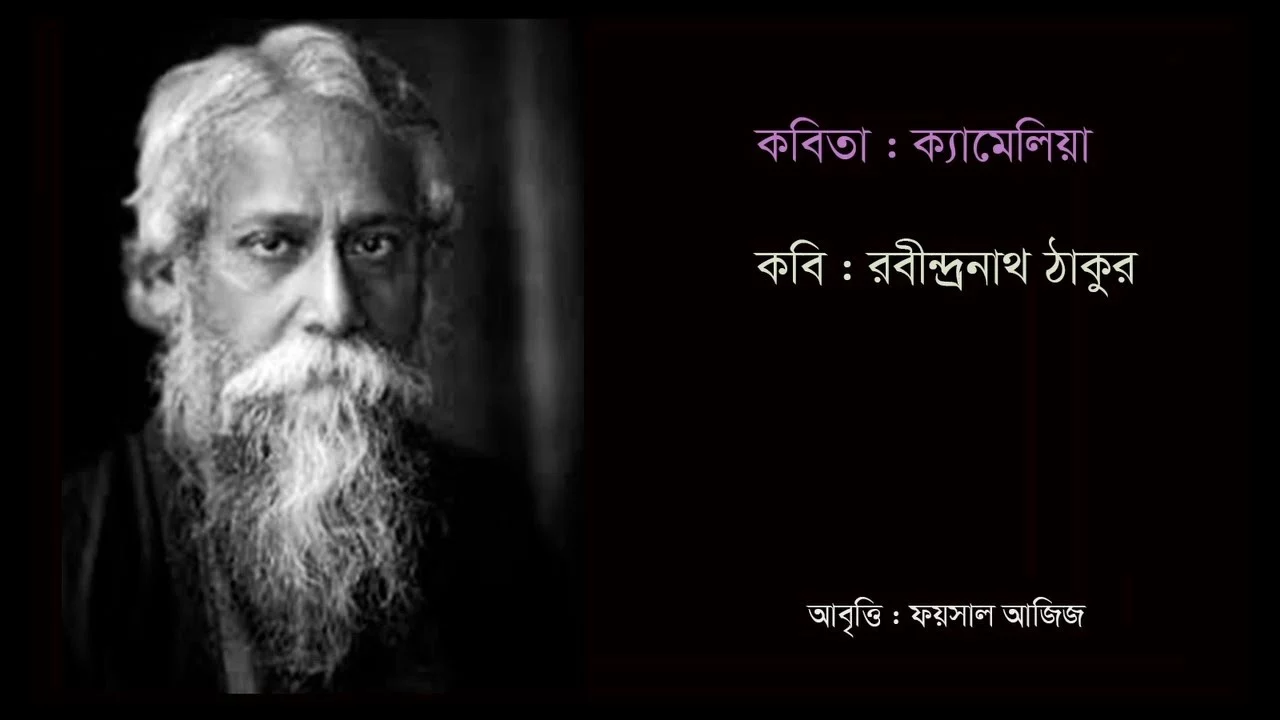Rabindranath Tagore: Who He Was and Why He Still Matters
If you’re prepping for any Indian entrance exam, you’ve probably seen Rabindranath Tagore’s name pop up. He’s not just a poet – he’s a cultural icon who won the Nobel Prize in Literature in 1913. Knowing his key works and ideas can earn you easy marks in literature, history, and even general knowledge sections.
Quick Life Snapshot
Tagore was born in 1861 in Calcutta (now Kolkata) into a wealthy Bengali family. He grew up surrounded by music, art, and a love for learning. By the time he was a teenager, he was already writing poems and songs. In 1913, his collection "Gitanjali" (Song Offerings) got the Nobel, making him the first non‑European laureate.
He also founded Visva‑Bharati University in Santiniketan, a place where students could blend Indian traditions with modern education. That experimental spirit still shows up in exam questions about education reform and cultural synthesis.
Must‑Know Works for Exams
Poems: "Gitanjali" (most quoted), "The Gardener", and "Stray Birds". These are short, lyrical pieces that often appear in comprehension passages.
Plays: "The Post Office" (Baqi Khali) and "Chitrangada". Both highlight human freedom and social issues – topics frequently asked in essay prompts.
Music: Tagore wrote over 2,000 songs, called "Rabindra Sangeet." Knowing a few famous titles like "Amar Shonar Bangla" (India’s national anthem) can help you with music‑related MCQs.
Short Stories: "The Hungry Stones" and "The Kabuliwala" are often used for reading comprehension. They illustrate rural‑urban contrast and human kindness, themes that surface in literature sections.
When you spot a Tagore quote in a passage, look for ideas about unity, nature, or freedom. Phrases like "I slept and dreamed that life was a river" are classic examples that test your interpretive skills.
Study Tips to Ace Tagore Questions
1. **Memorize key dates** – 1861 (birth), 1913 (Nobel), 1921 (Visva‑Bharati). Quick recall can save time in chronology questions.
2. **Read a handful of poems** – Focus on Gitanjali’s first and last poems. Their simple language hides deep meaning, perfect for analysis.
3. **Watch a short video** on Visva‑Bharati’s founding principles. Visuals help you remember his educational vision, which shows up in essay topics.
4. **Make flashcards** of famous quotes and the work they belong to. A two‑sided card with the quote on one side and the source on the other speeds up revision.
5. **Practice past exam papers** that include Tagore. Identify the pattern – most often they ask about his influence on Indian identity and modern literature.
Finally, keep a notebook of Tagore’s themes: nature, spirituality, freedom, and cultural harmony. When you see a question, match its keywords with these themes and you’ll pick the right answer faster.
Tagore’s legacy isn’t just about poetry; it’s about thinking differently and bridging worlds. That mindset is exactly what exam boards love to test. So next time you open a test paper, let Tagore’s spirit guide your answers – clear, simple, and full of insight.
Row over posters with pics of Amit Shah, Rabindranath Tagore?
There's been quite a stir recently over posters that feature images of Amit Shah and Rabindranath Tagore. Many have expressed dissatisfaction and sparked a row, questioning the appropriateness of juxtaposing a political figure with a revered literary icon. The controversy has ignited debates on social media platforms and drawn diverse responses from the public. As a blogger, I find this situation intriguing, reflecting the sensitivity of our society towards the preservation of cultural respect. It's a clear demonstration of how art, politics, and public sentiment can collide in unexpected ways.
